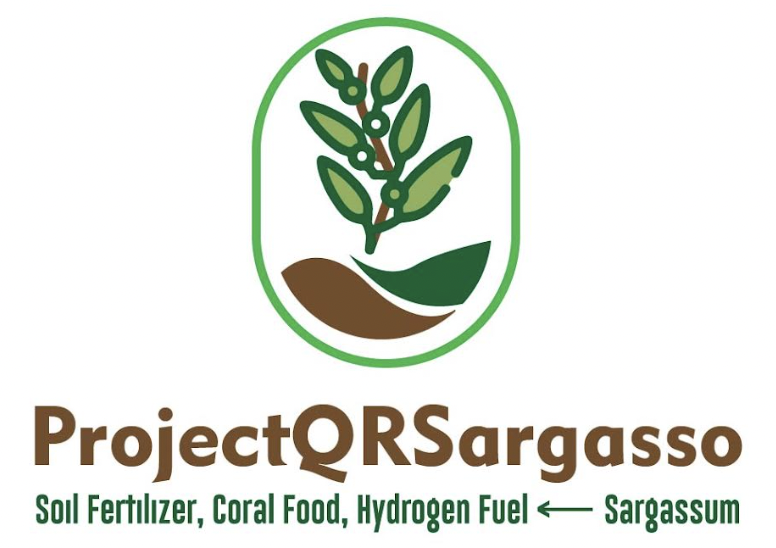If we are to responsibly manage sargassum as a resource, we need to establish a baseline of how much seaweed biomass is needed for the production of a certain amount of product from it. Only then can we be responsible stewards or our business and of nature.
Towards this goal, FAO has a hot new metric out in this space: the Sargassum Biomass Index (SBI).
In the prototype development phase, we can calculate SBI for the following constituents: biomass, metals, and gases. With each product we can fulfill three global needs: fertilizer, critical minerals, and bioenergy.
Because sargassum plays a major role in the ecosystem and cannot simply be completely landfilled, we plan to sustainably harvest excess sargassum that gets washed ashore, where it decomposes. Like sustainable forestry, each year will bring us more to collect!
“El sargazo es el nuevo petroleo” (sargassum is the new oil)
As outlined on the Home Page, we hope to conduct fertilizer production from sargassum in Quintana Roo, Mexico in Q3 of 2023. Biogas captured from our processing will undergo separation into constituents by way of pressure-swing adsorption. Utilizing DOE public-sector programs, we would explore pathways of hydrogen production that port into the S&P500, for companies like Plug Power and Galaxy FCT. IN ORDER TO FUND THESE R&D PROGRAMS, WE WOULD REQUIRE PRIVATE-SECTOR FINANCING FOR PREREQUISITE COST-SHARES.
The conventional hydrogen sector is hampered by performance conditions like transportation that prevent it from truly outcompeting petroleum. Once we obtain hydrogen from sargassum, we can utilize existing technology to facilitate an exothermic reaction and produce a boride salt, NaBH4. Our partner, Galaxy FCT, can then convert NaBH4 to H2 on-site anywhere in the world. One DOE R&D program will allow us to potentially do this in the jungle for truly decentralized energy.
If we are to create a U.S. market for clean energy, a wide array of technologies needs to be deployed to shift hydrogen transport away from bulky centralized models. The joint technology chain between ProjectQRSargasso and Galaxy FCT will create a new pipeline of solid transportable hydrogen. This creates a possible timeline where the U.S. and Mexico can become hydrogen producers and exporters.



Sargassum is like hemp from the 1960s. Only this time we have a chance to do it right.
Henry Ford once invented a car that ran on hemp, a material the Founding Fathers cultivated. There were thousands of industry byproducts to be made from a gift from Mother Nature, yet misguided federal policies resulted in decades of regression and criminalization. Sargassum is our Hemp 2.0 and offers us another chance to do things right, a chance to advance clean energy and organic food. We’ll do this with Mayans, with the public sector, and hopefully with you.

Proud member of the NSBA Leadership Council
Related Articles
Insights Success: https://insightssuccess.com/projectqr-a-dual-approach-to-climate-action/
One Young World ’23: https://launchpad.syr.edu/launchpad-alum-edward-shao-19-speaks-at-one-world-summit/
All about the founder: https://launchpad.syr.edu/edward-shao/



